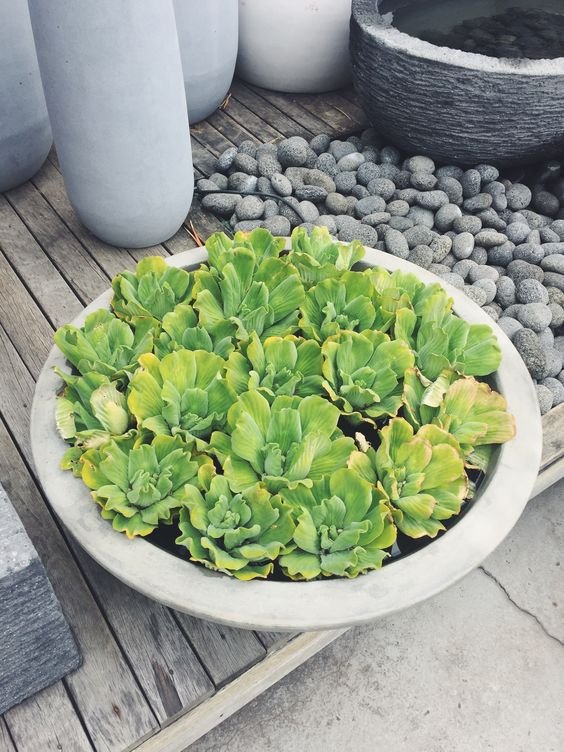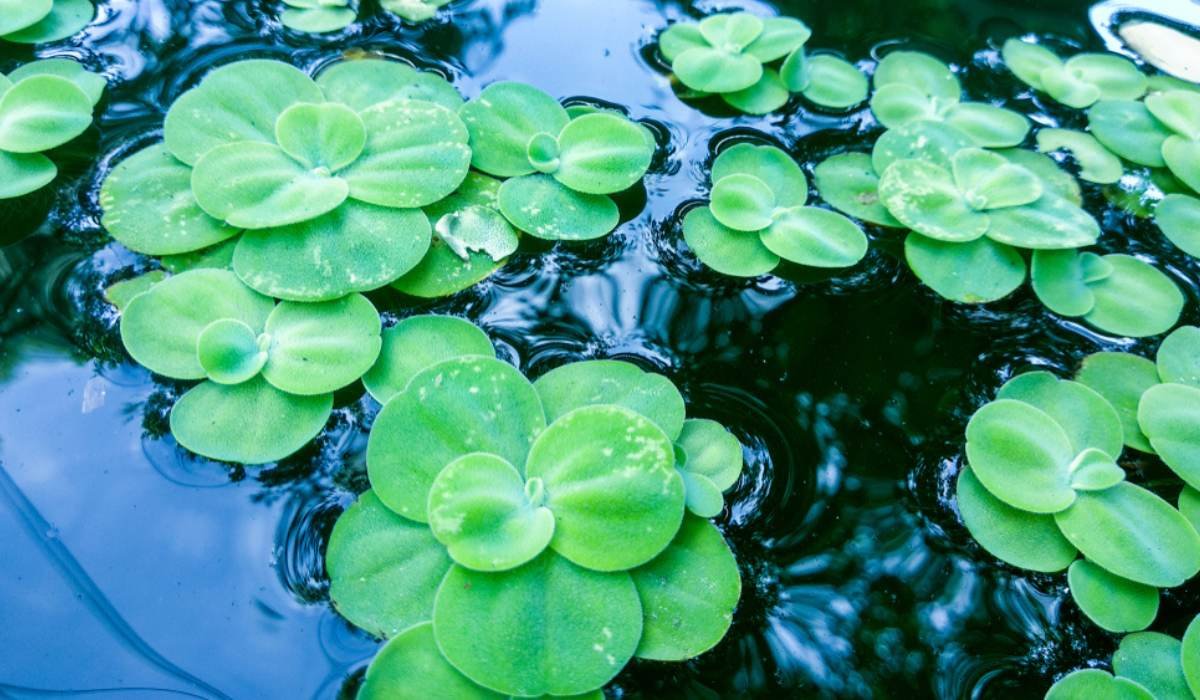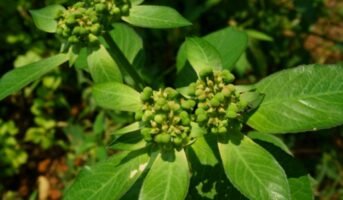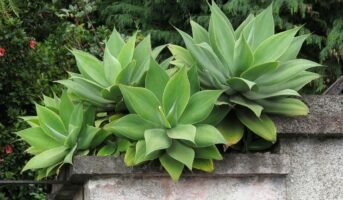What is Water Lettuce?
Water cabbage is also known as Pistia stratiotes, water lettuce, Nile cabbage, or shellflower. It is a tropical plant that thrives in wet conditions and can be found growing in marshes, ponds and shallow standing water. Water lettuce has been eaten for centuries by people from Southeast Asia.
Water lettuce is high in vitamins A, C and K, and it has anti-inflammatory properties. Furthermore, it contains a good amount of beta-carotene as well as some minerals such as iron, calcium and magnesium. In this article, we look at everything you need to know about water lettuce/ water cabbage.
Water cabbage: Key Facts
| Scientific name | Pistia stratiotes |
| Plant Type | Tropical herbaceous perennial |
| Light Requirements | Full sun or Partial Shade |
| Bloom Colour | White or yellow |
| Maximum Growth | Spread Up To 30 cm (12″) |
| Planting Depth | Water’s surface |
| Also known as | Pistia, water lettuce, Nile cabbage, or shellflower |
| Family | Araceae |
History of Water Lettuce
Water lettuce was first found around 2,000 years ago around the Nile river. One can notice references made of the water lettuce plant in ancient Egyptian hieroglyphics and the writings of ancient Greek botanists.
Water cabbage: Physical description
- Water cabbage is a plant that grows in water or in shallow soil that is regularly flooded.
- It is often grown in rice paddies and other flooded areas.
- The water cabbage is a perennial plant that grows best in moist soil and in warm weather.
- The plant has long, round leaves that are dark green in colour.
- The leaves are long and broad and have smooth edges.
- The plant grows to a height of around 5 to 10 inches.

Source: Pinterest
Water cabbage: How to grow the plant
You can grow a water cabbage by planting seeds or by purchasing a plant. If you are planting seeds, the best time to do so is in the spring or in warm climates during the fall. Water cabbage seeds could take up to 2 weeks to germinate, so be patient. If you have purchased a plant, keep it in a warm, sunny place indoors. Give the plant plenty of water and fertiliser to help it grow quickly. You can transplant the water cabbage outside when the weather is warmer.
Water cabbage: How to care
The plant thrives in moist soil that is rich in nutrients. It can be grown in a container if you don’t have a garden. The water cabbage does best when planted in the spring or early fall. If you are growing a plant, make sure the soil is moist. Water the plants regularly as needed to keep the soil moist. Feed plants with a slow-release fertiliser every 3 to 4 weeks. This will help the plants grow more quickly. Water cabbage does well in the heat, so it’s best to keep the plants in a sunny spot. Water plants regularly to keep them healthy. Water cabbage doesn’t like to be overwatered, so make sure you don’t drown the plants. Water the plants when the soil is dry to the touch.
What are the benefits in Water Lettuce?
Water cabbage is a low-calorie and low-fat food that is packed with nutrients. The leaves are often added to soups and stews. Water lettuce can be stir-fried, steamed or boiled. Water lettuce can also be eaten raw in salads.
Water cabbage is rich in vitamins A and C and contains beta-carotene. These nutrients help boost your immune system and could help lower the risk of heart disease. The plant also contains calcium and magnesium, which are minerals important for strong bones. Calcium also helps lower blood pressure and reduces the risk of developing kidney stones. The minerals in water cabbage could help prevent osteoporosis.
Eating water cabbage could also help prevent cancer. Vitamin A could help slow down the growth of cancerous cells. Water cabbage also contains some protein. Protein is an important part of a healthy diet, and it can help build muscle and reduce your risk of getting type 2 diabetes.
Water cabbage is low in calories and fat. It is also rich in fibre which means it could help promote a healthy digestive system. It could also help lower cholesterol levels and reduce the risk of heart disease.
Water cabbage could also help prevent type 2 diabetes, and it could aid in weight loss. It contains certain nutrients that are important for a healthy metabolism. All of these combined make water cabbage a very nutritious and healthy food.

Source: Pinterest
Water cabbage: Is the plant toxic?
Water cabbage does not contain any toxins, and it is safe for people of all ages to consume. Water lettuce plant is rich in vitamins A, C and K, as well as beta-carotene. Water cabbage could be harmful to dogs, however, because the leaves are toxic to them. It is best to keep the plant away from dogs if the plant is in the backyard.
FAQs
Is water cabbage edible?
Yes, Pistia stratiotes or water cabbage is regarded as edible. The leaves are often eaten cooked but can be eaten raw in salads. Water cabbage has a mild cabbage-like flavour. The leaves are often used in Chinese and Thai dishes.
Is water cabbage an oxygenator?
Water cabbage is a good oxygenator since it directly releases oxygen.
Housing News Desk is the news desk of leading online real estate portal, Housing.com. Housing News Desk focuses on a variety of topics such as real estate laws, taxes, current news, property trends, home loans, rentals, décor, green homes, home improvement, etc. The main objective of the news desk, is to cover the real estate sector from the perspective of providing information that is useful to the end-user.
Facebook: https://www.facebook.com/housing.com/
Twitter: https://twitter.com/Housing
Email: [email protected]











